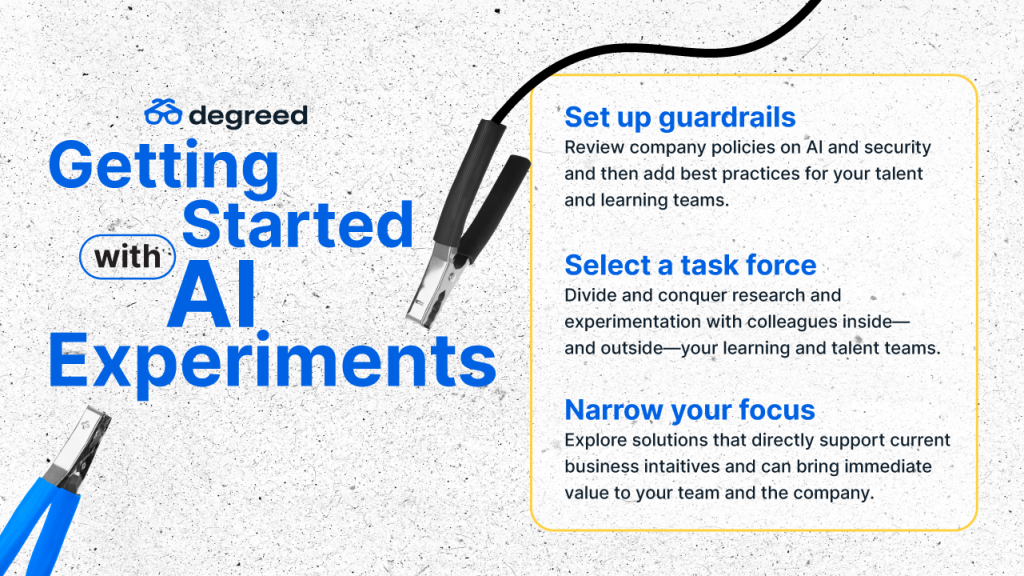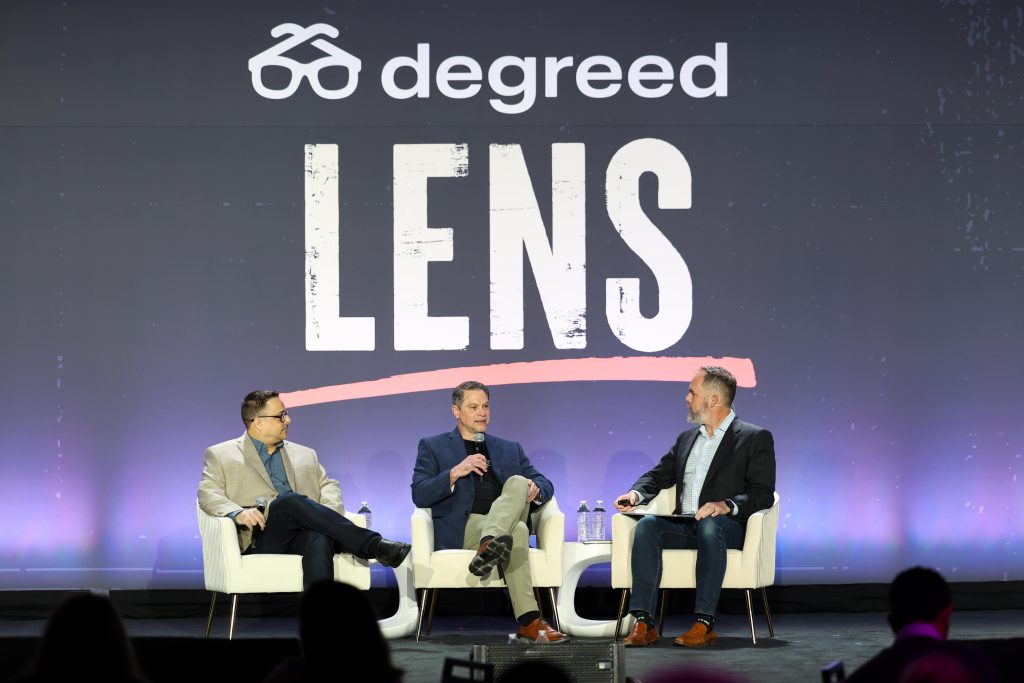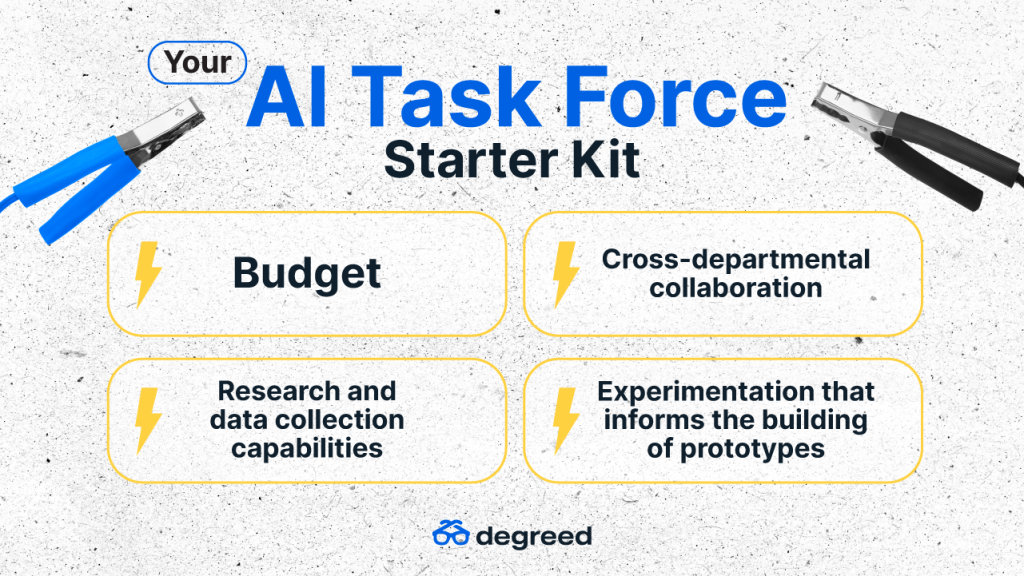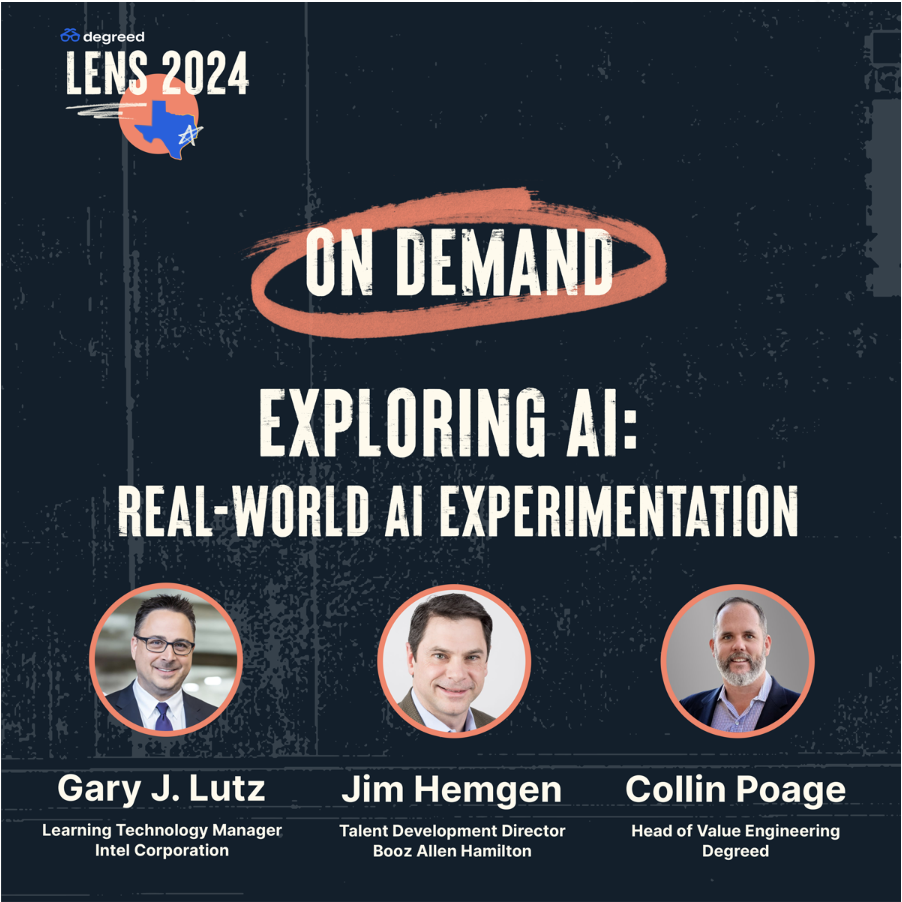We’re in a new era of AI experiments, and every learning and talent team can participate.
It’s a revolutionary shift, similar to the Scientific Revolution when exciting new world views forged the scientific method. In those early days, humans relied on the experimentation of Bacon, Galileo, Copernicus, and Newton to reframe the world.
Fast forward to today, and we’ve also relied on just a few individuals to run technology experiments and conduct research to guide and advance the entire organization. But now that AI has democratized, well, everything . . . waiting for the few to experiment for the many is simply time-foolish and unnecessary.
Today, every learning and talent team can and should embrace AI experiments. Anyone can channel their inner Galileo, tap their curiosity, and experiment to navigate the AI universe.
If your company leadership or learning team hasn’t looked into trying some enlightening AI experiments, the time to get started is now. Let’s look at a few ways you can get your AI laboratory up and running.

Step 1: Set up AI guardrails.
First things first, before you invite anyone to fill and heat the beakers in your AI laboratory, it helps to set up a few rules. We’ve all seen cartoons in which things quickly go awry and the room explodes. Nobody wants things to tilt sideways, right? AI experiments without any guardrails pose risks to your company, clients, and employees.
The advice to start with AI guardrails was shared in an LENS panel, Exploring AI: Real World AI Experimentation, by Jim Hemgen, the Talent Director at Booz Allen. Along with having those guardrails in place, Hemgen advocates making all employees equally aware of the rules and policies. Every employee can and should experiment with using AI to make their jobs easier. And to do that safely, every employee—especially within your talent and learning teams—must know and adhere to company policies.
Booz Allen is one of the largest providers of AI to the United States government, so the emphasis on governance doesn’t come as a surprise. By servicing almost every U.S. federal agency and working with the White House to help shape U.S. policy on AI governance, Booz Allen is a leader in creating AI strategies that address moral and ethical concerns.
It’s possible that at your organization, you won’t have to sit down and pen rules from scratch. Perhaps your company already has set up guardrails and is referring to them as AI governance. (And while we’re on the topic, it’s helpful to note that AI governance should address a wide range of considerations from ethical factors and bias mitigation to regulatory compliance and legal issues.) What if your company doesn’t have something like this in place? Then it’s time to get the ball rolling with leadership.

Step 2: Select a task force.
Once you’ve established effective laboratory rules, it’s time for your learning and talent teams to get people into the lab to work and experiment. You might call this group an AI Task Force or your AI Champions, or perhaps you’ll land on a more clever name. The key is to get employees involved. AI is simply too large and complex for one person to take on, so this is a time to divide and conquer.
At Intel Corp, AI Champions in a formalized process were given a budget and instructed to go out and explore AI tools in the learning and development space, Gary Lutz, Learning and Development Technology Manager, told the LENS audience.
The Intel AI Champions looked at tools that were free, tools already paid for, and tools the company didn’t have. They collected information and data and created a recommendation to leadership for where the company should be investing its time and money in AI over the next few years.
At Intel, the AI group wasn’t created as a one-and-done endeavor, Lutz said. “This is going to be a process that we’re continuing over time as things continue to evolve.”

Step 3: Narrow your focus.
You’ve set guardrails and assembled a crew. Now it’s time to figure out what to focus your AI experiments on. While the possibilities for AI are literally endless, good scientists must narrow their fields of view.
How can you decide what to focus on? Well, a lot of experts are giving the same advice. In a recent Forbes piece, futurist and author Bernard Marr advises any business venturing into AI to start with strategy, not technology.
By this, Marr is saying that companies should focus on their business goals and objectives (And as we all know, that can run the gamut from supply chain efficiencies, personalizing marketing efforts, or enhancing customer service.) Once you identify the problems you’re trying to fix and the goals you’re trying to hit, you can then brainstorm the ways AI could potentially help you get there.
Booz Allen took a similar approach. AI experimenters there made a list of ways the talent and development team could derive some immediate value in embracing AI. This included big-ticket items like improving efficiency by automating tasks like content curation as well as using AI tools like chatbots and adaptive learning platforms to reach larger audiences more efficiently.

Embracing AI starts with experimentation.
Evoke the Galileos of the past and imitate the innovative companies of the present. How? Through experimentation. The world of AI is developing quickly, and unless learning teams and employees start to experiment and embrace AI technology, they’ll soon be left behind.
At Degreed, we’ve taken this to heart and started a public blog series called Degreed Experiments. Our own Taylor Blake publishes blog posts every month that take a look at topics like AI chatbots for learning, AI taxonomies for skills, AI-generated content, and conversational voice AI for L&D.
If you’re hungry to get more insights from our 30-minute panel discussion, watch Exploring AI: Real-World AI Experimentation on demand. You’ll get more tips on topics like:
- How to create an AI-ready learning program (Minute 14:30)
- What AI skills do employees need to be AI-ready in 2024 (Minute 23:30)

